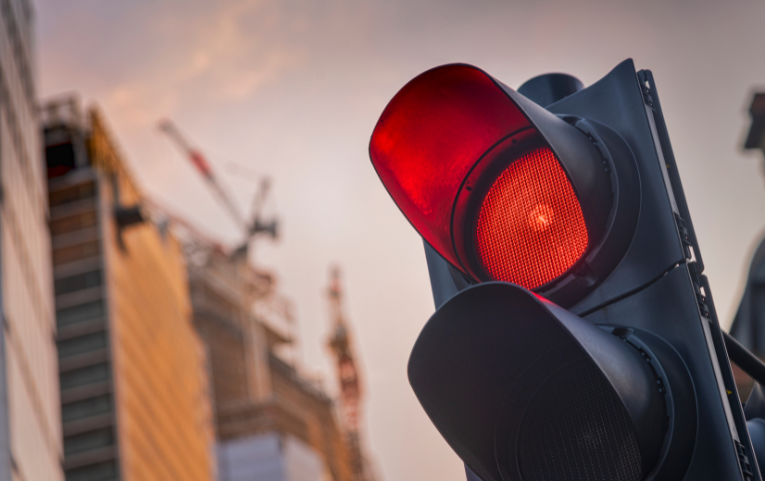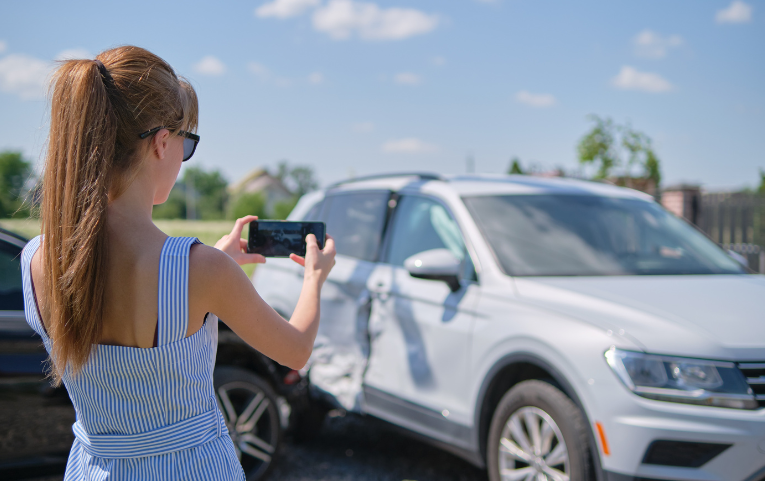Who Is At Fault In A Car Accident?
December 01, 2022
Being involved in a traffic collision is a stressful experience, but it’s vital to determine who the at fault party is as they will be liable for the costs of towing, repairs and a hire car. Determining fault will also have an impact if you make an insurance claim following a police report and might affect your entitlement to an accident replacement vehicle.
Remember that by law, you need to stop – in a safe place if possible – and offer assistance immediately after you’ve been involved in any type of road traffic collision. Firstly, make sure that every person including drivers involved in the motor vehicle accident is safe and uninjured. If your car is blocking the road or someone is seriously injured, you’ll need to call 000.
Were There Any Signs of Negligence or Traffic Violations?
In Australia, drivers need to follow the Road Rules and take reasonable care when driving. Traffic violations occur when a driver doesn’t act in accordance with the Road Rules, and negligent behaviour arises from a driver not taking reasonable care.
Take note of whether the other driver could have been negligent or violated the Road Rules – for example, failing to stop at a red light, not obeying road signs, texting and driving, or speeding. When determining fault, traffic violations and signs of negligence are important factors for the police, too.

In Australia, the determination of fault in car accidents is influenced by a combination of state-specific legislation and the principle of negligence. Each state has its own set of rules and regulations governing how fault should be assessed following a car crash or even vehicle collision. This involves examining evidence from the accident scene, adherence to traffic laws such as traffic lights and stop signs and factors like speed, road conditions, and driver behaviour. All these details are important from the perspective of the insurance company, too.
StateFault Determination BasisContributory NegligenceNo-Fault BenefitsLegislationNotable PointsVictoria (VIC) Fault DeterminationEvidence at scene, contributory negligence standardYes, damages reduced according to faultTAC provides no-fault benefitsWrongs Act 1958 S. 26(1)(a)Common law compensation for serious injury claims and contributory negligenceNew South Wales (NSW) Fault DeterminationNegligence based on duty of care and breach causing damageYes, fault may be sharedCompulsory Third Party (CTP) insurance for injuriesCivil Liability Act 2002 (NSW)Police reports and evidence collection are crucial for deciding compensationQueensland (QLD) Fault DeterminationNegligence, guided by traffic laws and evidence at sceneYes, affects compensation claimsCompulsory Third Party (CTP) insurance covers injuriesCivil Liability Act 2003 (Qld)Detailed traffic law adherence and evidence are critical in fault assessmentWestern Australia (WA) Fault DeterminationNegligence under Civil Liability Act, considering right of way and road conditionsYes, fault may be sharedNot specifiedCivil Liability Act 2002 (WA)Age and experience of drivers considered in fault assessmentSouth Australia (SA) Fault DeterminationCourt-determined negligence, proving breach of duty leading to damageYes, automatic in cases like not wearing a seatbeltInsurer handles claim irrespective of faultCivil Liability Act 1936 (SA)Specific instances where contributory negligence automatically applies
What To Do After A Car Accident
Once you’ve taken steps to make sure everyone is safe and uninjured, you can work on gathering the evidence you need to determine fault. Keep in mind that unless the other party admits fault, your insurer will rely on evidence. The best course of action is to make sure you have all the details you need from the other driver at the scene of the crash. Avoid tampering with or moving anything because a blameless accident with a serious injury or a death will become a crime scene and involve compensation regulations following a police report.
Collect Evidence From The Other Driver
Their name and surname
Their contact number and residential address
Their driver’s licence number and the state of issue
Their car registration number and insurance information
The make, model, and colour of their car.
Record As Much As You Can About The Crash
It may also be helpful to draw a diagram of what happened for the purpose of helping the police.
The date and time it happened
The location or address where it occurred
The speed you were driving and external factors, like the weather
The actions you took, the actions the other driver took and how this resulted in an accident

Take Plenty Of Photos And Get Video Recordings
An important part of collecting evidence is taking plenty of photos at the scene of the crash. You should try and get photos of the damage to your own car and the other car, the position of the cars, any road signs, the conditions on the road, any skid marks, personal injury and anything else you think may be relevant to making an insurance claim. You should also try and take video footage, as well as get hold of footage from a dashcam or a nearby CCTV especially if it is a blameless accident involving compensation and a police report.
Collect Witness Statements
Although you may feel shaken up after being in an accident, it’s important to try and record the names, phone numbers and statements of as many witnesses as possible. Take note of whether several people are providing a similar account of what they saw and find out who they believe may be at fault and why. This will be useful for the police investigation and insurance claim process later on.
If You’re Not At Fault, We Might Be Able To Help You
If you’ve been involved in a not at fault car accident, Right2Drive may be able to assist you with a like-for-like accident loan car. We exist to uphold your right to drive and have helped over 250,000 eligible drivers to get back on the road. With branches all across the country, we are able to provide excellent service and vehicles to thousands of not at fault drivers.
Share this article:
Other Articles
View All ArticlesHow Does An Accident Loan Car Differ From The Car Hire Option On An Insurance Policy?
When you’ve been involved in a car accident, you may be stranded without a way t...
Read More